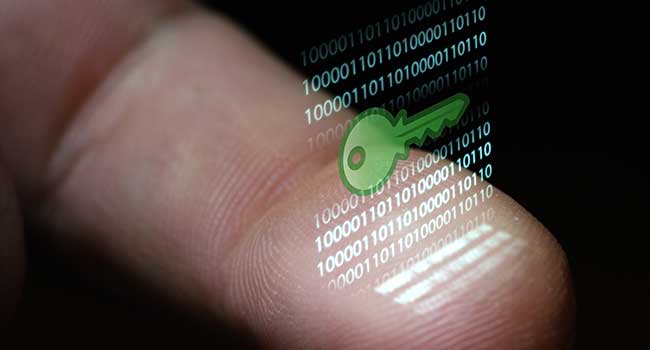
Indiana School District Adds Biometric Gun Safes
Locked, biometric gun safes will be placed in all eight of the corporation’s school buildings this year. The safes are protected by alarms, monitored by cameras, anchored in concrete, and accessed via fingerprint.
- By Jessica Davis
- July 31, 2018
The Jay County school district in Indiana is implementing a new, layered security strategy to keep students safe in its schools. The three-part plan includes access to firearms for school employees in the event of an active shooter, as well as prevention methods and hardening of security throughout school buildings.
Jay County is the first district in Indiana to provide access to firearms for school employees. After seeing the idea implemented in school districts in Ohio and working with parent surveys and the school board, officials chose to implement it in their own district.
"We can't afford to hire school resource officers, police officers for every building," Jay County Schools Superintendent Jeremy Gulley said. "We could not ignore the need for an armed response and until we have the resources to implement that with police officers, this is the answer we've chosen."
Locked, biometric gun safes will be placed in all eight of the corporation’s school buildings this year. The safes are protected by alarms, monitored by cameras, anchored in concrete, and accessed via fingerprint.
The 48 people who volunteered to be part of the secret team with gun access are getting drug tested, psychologically screened, and undergoing background checks. Approved teachers are staff will undergo 27 hours of firearms and active shooter training with police.
“Active shootings begin and end before police can get there," Gulley said. "Casualties mount up and the shooters don't stop until they run out of victims or ammunition.”
"Clearly these things are controversial. And I understand that. But we're focusing on the reality of the problem," Gulley said.
School buildings are also undergoing changes to improve security. Each school will only have one entrance, equipped with three sets of locked doors, video surveillance, and a security check for visitors and parents. Windows are being reinforced with ballistic-resistant film, and ballistic-resistant doors have been ordered.
Jay County schools are also changing the way fire alarms work, installing an ability to override the alarm system and use voice commands instead. The goal is to prevent kids from entering the hallways in n active shooter situation and becoming potential targets.
If an active shooter enters the school building, teachers will receive phone alerts saying there’s a gunman in the building. Teachers will also receive panic button fobs to use to signal a deadly threat.
The district is also working on threat prevention, with each school getting a mental health counselor. Jay County has also partnered with the organization Sandy Hook Promise on threat assessment training and an app in which threats can be reported anonymously.
The guns, gun safes, and bulletproof vests for the gun access team will cost the school district about $75,000, and the construction and security changes, to be rolled out over several years, are estimated at about $1 million. The changes are being paid for with a mix of state and federal grants, redirected district funds, and the county.
"This is a challenge for us. We have to focus on it. We can't wish it away. We're going to do whatever's necessary to protect our kids," Gulley said.
About the Author
Jessica Davis is the Associate Content Editor for 1105 Media.